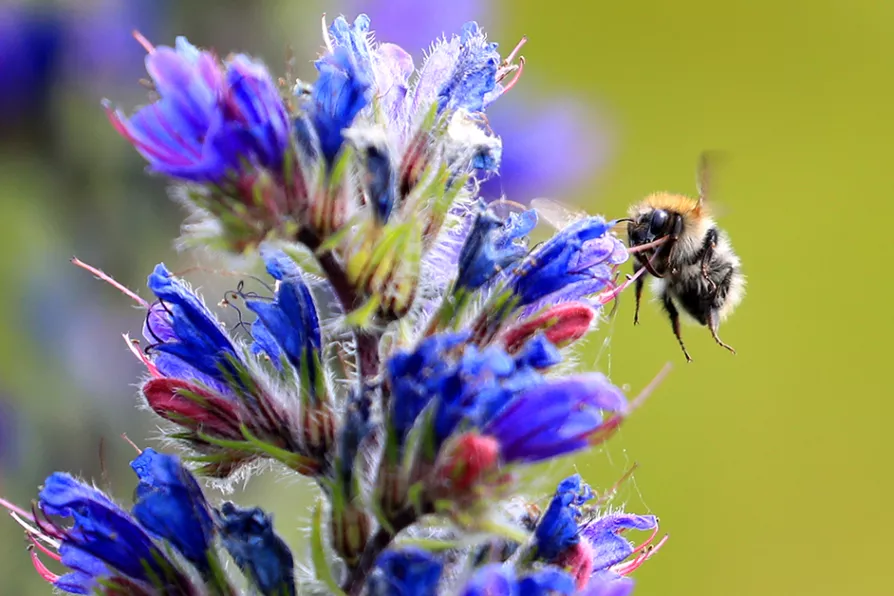Labour’s persistent failure to address its electorate’s salient concerns is behind the protest vote, asserts DIANE ABBOTT

 A Bumblebee searches for pollen amongst flowers in Kent
A Bumblebee searches for pollen amongst flowers in Kent
IN spring, buff-tailed bumblebee queens (Bombus terrestris) emerge from their winter nests looking for ideal locations to start colonies.
Each colony is founded with an initial batch of eggs that were fertilised the previous year. Two weeks later these eggs become the first batch of worker bees, who will forage for food and tend to the eggs that the queen continues to lay.
The initial stages of the colony, when the number of worker bees is low, can be a very precarious time. The success of the colony depends on how well the queen has chosen their location.

What’s behind the stubborn gender gap in Stem disciplines ask ROX MIDDLETON, LIAM SHAW and MIRIAM GAUNTLETT in their column Science and Society

Nature's self-reconstruction is both intriguing and beneficial and as such merits human protection, write ROX MIDDLETON, LIAM SHAW and MIRIAM GAUNTLETT












